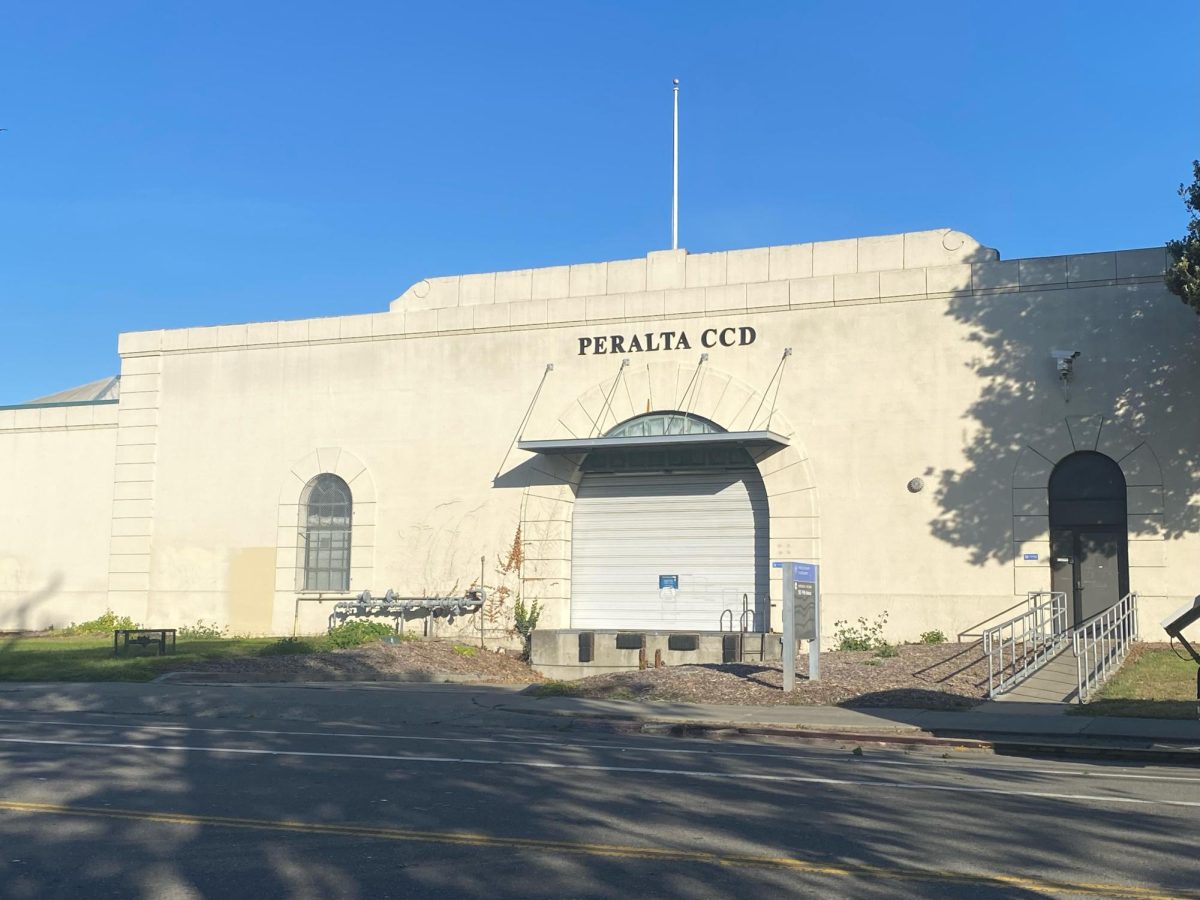The Peralta Community College District (PCCD) Board of Trustees unanimously approved this year’s budget featuring roughly $11.8 million in cuts at their regular meeting on Sep. 10.
PCCD’s new Deputy Chancellor and Chief Operating Officer, Greg Nelson, gave a presentation on the details of Peralta’s new budget plan at the previous board meeting, held Aug. 13.
During his presentation, Nelson outlined a total of $2 million in corrections made to the previous year’s budget.
These corrections are due to “miscoded funds,” which occur when expenses aren’t attributed to the appropriate funding source.
Nelson laid out how $1.3 million of the corrections were due to miscoded vendor fees, while about $614,000 in corrections were a result of miscoded employee payroll and benefits.
When asked about which funds had been originally used to pay the costs, Nelson stated in an email, “The miscoded items were coming from funds that were not the unrestricted general fund and had to be transferred back accordingly, which is in keeping with our year end closing processes.”
For the 2024-25 budget, the district plans to save $6 million through a hiring freeze on vacant positons. Nelson cited his own combined position as Vice Chancellor of Finance and General Services as a method to save funds.
Another $2.7 million will be cut from the discretionary budget, while $3 million in additional reductions will be spread across expenses from the four colleges and the district office.
According to Nelson’s presentation, the district will see another $6.6 million in cuts next year, assuming the district meets its spending goals for this year.
In addition, PCCD may face additional cuts for the 2024-25 school year.
In May 2023, the Board of Trustees adopted a target reserve fund of 16.67%, meaning that the district aims to have two months worth of expenses in reserve as a safety measure.
Even with these reductions, the district is estimated to end up $543,985 short of its goal for $27,969,147 in reserve funds. During the presentation, Nelson shared that the district plans to wait until midyear to see whether this shortfall changes before planning additional cuts
Peralta braces for new state funding model
Nelson’s appointment precedes a major shift in how Peralta will receive funding from the state.
In 2019, the Student Centered Funding Formula (SCFF) was implemented by the California Community College Chancellor’s Office, changing the way in which each college district’s state funding is determined.
Each year, SCFF allocates funding to community colleges based on average full-time equivalent enrollment from the previous three years. This includes dual-enrolled high school students and traditional community college students.
High student success rates and enrollment among target demographics, such as Pell Grant recipients, entitle the college to more funding under SCFF.
SCFF included a “hold harmless” provision aimed at school districts like PCCD, which would lose funding under the new enrollment-based formula.
This provision allowed PCCD’s funding to match the 2017-18 academic year, which includes a yearly Cost of Living Adjustment (COLA). For the 2024-25 year, the COLA is 1.07%.
In addition to increasing the hold harmless baseline, the adjustment also increases the rate that PCCD gets paid for its metrics if it exceeds the baseline.
The hold harmless provision is set to expire at the end of the 2024-25 academic year. Moving forward, the current funding will become the new annual baseline pay, but without any further COLAs.
In the new budget, the baseline established by the hold harmless provision accounts for almost 13% of the district’s projected $145,358,839 in state funding. Until PCCD’s metrics allow it to exceed the new baseline pay, its state funding will remain stagnant.
Nelson works to reduce deficit impacts
In an interview with The Citizen, Nelson gave an example of a planned cost-saving measure where colleges will be using up an excess of colored paper the district has in its warehouse rather than ordering new paper, which he projects to save between $25,000 and $30,000.
“When you start adding up those little things like that across the district, at all the locations, $50 to 60 thousand at a time starts extrapolating out to a pretty decent number,” Nelson stated.
Nelson attributed the district’s rising expenses to increasing costs in salaries, benefits, and utilities.
“I try very hard to delegate absolutely everything we can before we touch programs or people,” he added.
“If it comes to that point, those are negotiated terms that we have to work with our bargaining units with, and there’s a process for that, but we’re not anywhere near that at this place and time,” Nelson said.




























Lowell • Sep 23, 2024 at 12:40 am
Outstanding description of the fiscal situation facing the district related to the SCFF/HH/COLA etc. Best and most complete I have seen.
Thanks,
Lowell Bennett